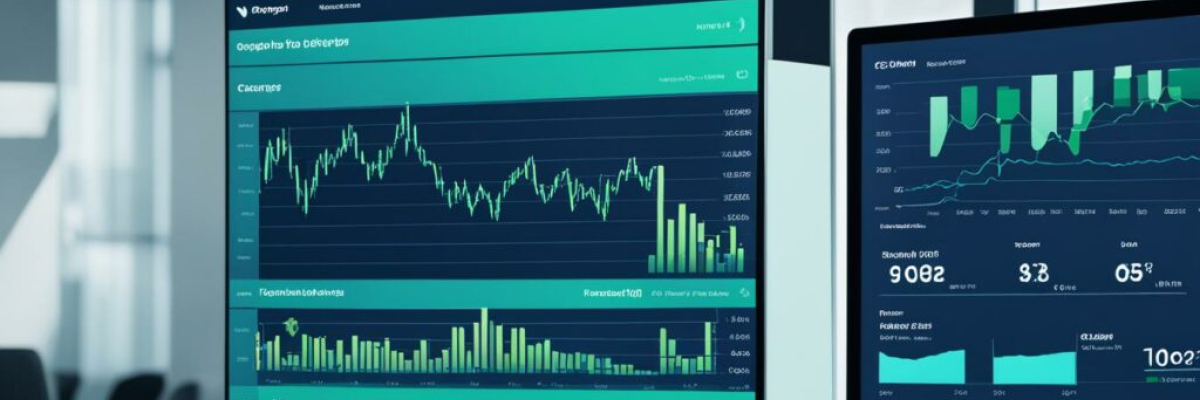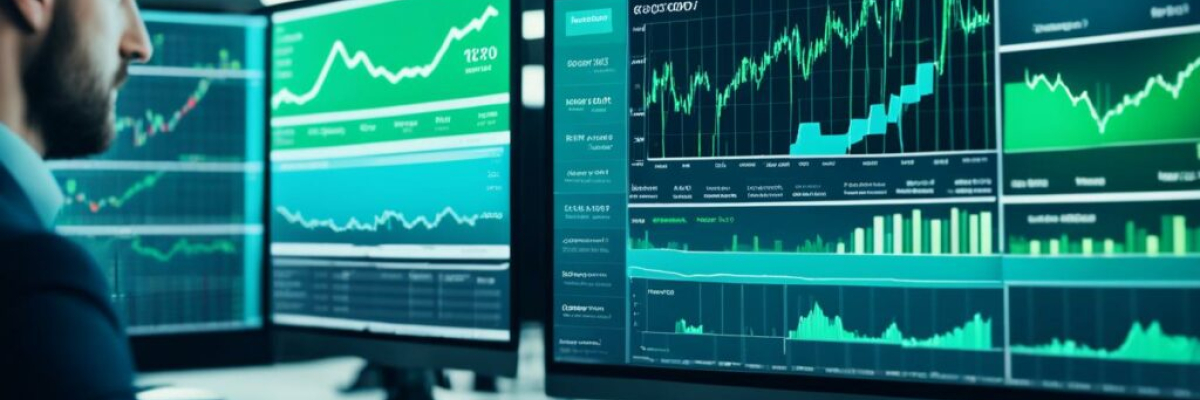Q3 2023 Observes Fortified Global Demand for Gold by Central Banks
Across the globe, the third quarter of 2023 retained strong demand for gold by central banks. The World Gold Council (WGC) reports that within this quarter, central bank purchases came to a total of 337 metric tons. The steady action by central banks is reflective of a durable, increasing interest for gold. This increase hints at the possibility of a robust total at the end of 2023.
Global Central Banks Increase Gold Reserves Amid Financial Turbulence
The third quarter did witness a considerable purchase of 337 metric tons of gold, just short of surpassing the 2022 third quarter record. However, it did significantly raise the Year-To-Date (YTD) purchases to an unprecedented 800 metric tons. Consistent acquisition of gold by central banks, as indicated by the WGC, signals a persistent demand, potentially leading to an even more robust Year-End total for 2023.
End of last week saw the price of gold per ounce increasing to reach a soaring high of $2,002 before falling slightly below the $2,000 mark. During the last 30 days, the value of gold has grown by over 9% against the U.S. dollar and has seen an enlargement of 22% over the past year. By all accounts, central bank purchases have become a vital driving factor behind this demand for gold.
As per the WGC report, if one were to exclude over-the-counter (OTC) operations, the demand for gold in the third quarter has outrun its five-year average by 8%, despite a minor 6% decrease in Year-over-Year (YOY). This demand totalled to 1,147 metric tons. When including OTC and stock flows, cumulative demand rose by 6% from last year, reaching 1,267 metric tons.
Further observations in the report state that in the third quarter, gold investment demand reached 157 metric tons, marking a 56% increase from the previous year. However, it fell just short of the five-year average of 315 metric tons. Within the same quarter, the world’s Gold Exchange-Traded Funds (ETFs) underwent a decrease of 139 metric tons, though smaller than the outflow seen in the same quarter of the last year which was 244 tons.
Louise Street, WGC’s Senior Markets Analyst, summarised the situation stating, “Despite the challenges of high interest rates and a robust U.S. dollar, gold demand has revealed resilience this year. Our report indicates a healthy gold demand this quarter when paralleled with its five-year average.”
From October 2023, in tandem with escalating tensions in Israel, the value of precious metals and popular cryptocurrency Bitcoin (BTC) has seen an upwards trajectory due to intensifying economic uncertainty. Gold marked an appreciation by 9.4% over the last month, while BTC surged by 25%. By the end of last week’s trading, U.S. stocks stayed resilient, concluding by finishing robustly as U.S. Treasury yields backed down, leaving a positive note at the close.
Please do share your views regarding the increased demand for gold by central banks in the third quarter of 2023 in the comments section below.

Frequently asked Questions
1. What is causing the surge in central bank gold demand during Q3?
Central banks around the world have been experiencing a surge in gold demand during Q3 primarily due to increasing global unrest. This unrest has been driven by various factors such as economic uncertainty, geopolitical tensions, and the ongoing COVID-19 pandemic.
2. How does gold act as a safe-haven asset during times of global unrest?
Gold has historically acted as a safe-haven asset during times of global unrest because it is considered a store of value and a hedge against inflation. When geopolitical tensions rise or economies face uncertainties, investors and central banks often turn to gold as a reliable and stable investment option, leading to an increase in demand.
3. Which regions have witnessed the highest surge in central bank gold demand during Q3?
While central banks across the globe have shown an increased interest in gold, certain regions have witnessed a particularly high surge in demand during Q3. These regions include emerging economies in Asia, such as China and India, as well as countries in Eastern Europe and the Middle East.
4. How does central bank gold demand impact the global gold market?
Central bank gold demand plays a significant role in shaping the global gold market. Increased demand from central banks can contribute to a rise in gold prices and overall market demand. Additionally, central bank purchases of gold provide a floor to the market, ensuring stability and supporting the long-term value of the precious metal.
5. Are there any risks associated with central bank gold demand during times of global unrest?
While central bank gold demand during times of global unrest may have its benefits, it also carries certain risks. One risk is the potential strain on central bank reserves, as purchasing gold can deplete foreign exchange reserves. Additionally, an excessive increase in gold demand may lead to price volatility and market imbalances.
6. How does central bank gold demand impact the country’s economy?
Central bank gold demand can have both direct and indirect impacts on a country’s economy. Directly, it can affect a nation’s foreign exchange reserves and balance of payments. Indirectly, it can influence investor confidence, as a significant increase in central bank gold demand signals stability and faith in the country’s economic outlook.
7. What are the long-term implications of the surge in central bank gold demand?
The surge in central bank gold demand during Q3 can have several long-term implications. Firstly, it may indicate a shift in global economic and geopolitical power dynamics. Secondly, it could lead to a higher demand for gold mining and exploration, potentially impacting the environment and natural resources. Lastly, the increased central bank gold reserves may act as a safeguard against future economic uncertainties, providing stability to the global financial system.










